Dr Rajiv Patel from the US will be a speaker at the upcoming ROOTS SUMMIT, which will take place from 9 to 12 May in Athens in Greece. His lecture will focus on dental trauma management and will cover a variety of scenarios, such as lateral luxation, crown-root fractures, intrusion and avulsion in growing individuals. In this interview, the passionate endodontist discusses how dental trauma management differs in children and adolescents, emphasises the role of endodontics in dental trauma patients and explains what all dental professionals should have on their dental trauma management checklist.
Dr Patel, how did you first become involved in dental trauma management, and what do you find appealing about it?
As a practising endodontist, I saw the connection between dental trauma management and the philosophy of saving teeth. My involvement began when I collaborated on a variety of cases with specialists and restorative dentists with whom I share a common philosophy. I find the unique challenges of dental trauma management, the opportunity to make a difference in patients’ lives, the need for interdisciplinary collaboration and the potential for continual learning and innovation both interesting and fulfilling.
In your ROOTS SUMMIT lecture, you will focus on dental trauma in the growing patient. How does the treatment of dental trauma differ in children and adolescents, and what special considerations have to be taken into account?
The treatment of dental trauma in children and adolescents requires a specialised and multidisciplinary approach, considering the unique aspects of growth and development in this age group. Careful monitoring, long-term planning and a focus on both functional and aesthetic outcomes are essential in these cases. Growing patients involved in contact sports need to be educated on the importance of preventive measures such as mouth guards in order to avoid future dental trauma.
My lecture will be titled “Dental trauma—stretching the limits”, meaning that I will focus on pushing the boundaries and exploring innovative, advanced or unconventional approaches for challenging cases.
“Checklists can save lives, and in our field, we can save teeth with a systematic approach.”
Your lecture abstract mentions that attendees will be able to develop a dental trauma management checklist. What are some of the most crucial points on that list?
Checklists can save lives, and in our field, we can save teeth with a systematic approach. The most crucial points on that list relate to pre- and intra-operative clinical assessment of the degree of trauma, the patient’s neurological status, radiographic assessment and an informed discussion of treatment options.
Endodontics plays an important role in providing timely and correct treatment following trauma. Can you explain the importance of an interdisciplinary approach in treating complex dental trauma cases?
Dental trauma management is not a one-size-fits-all process, and complex cases often demand the collaboration of various specialists to provide the best possible care. An interdisciplinary approach ensures that all aspects of the injury are addressed comprehensively, leading to improved outcomes and a higher quality of care for the patient. Endodontists, with their expertise in diagnosing and treating issues related to the dental pulp and adjacent structures, play a critical role in determining whether endodontic treatment, such as root canal therapy or more conservative vital pulp therapy, is necessary.
“An interdisciplinary approach ensures that all aspects of the injury are addressed comprehensively, leading to improved outcomes and a higher quality of care for the patient.”
Could you describe a particularly challenging case of dental trauma you have managed and the lessons learned from it?
In the careers of most practitioners, some cases stand out owing to their complexity and the emotions associated with them. For me, one such case involved an 8-year-old girl with an avulsed central incisor secondary to a bicycle accident. This provided a variety of challenges and lessons to be learned. Key takeaways included the critical importance of timely and coordinated care, the necessity of urging patients to seek immediate treatment and the advantages of interdisciplinary communication and collaboration. Utilising advanced technology for precise diagnostics was crucial for guiding my treatment decisions. I learned the importance of strategically planning treatment sequences for optimal outcomes, considering long-term care and focusing on patient education about prevention. Additionally, providing psychological support and counselling was instrumental in ensuring the best possible results and patient satisfaction.
Are there any emerging techniques or materials in endodontics that you find promising for the treatment of dental trauma?
A few existing and emerging technologies which continue to be developed are regenerative endodontics, minimally invasive techniques, biocompatible and bioceramic materials and CBCT. The potential for the utilisation of artificial intelligence in diagnosis, radiographic assessment and treatment planning in dental trauma management appears to be exciting.
What do you enjoy about ROOTS SUMMIT, and what are you looking forward to at the upcoming event?
I have attended other editions of ROOTS SUMMIT in the past. They are very well-organised meetings offering many practical take-home messages. For me, the journey in endodontics started with ROOTS, and I am excited to share the podium with many of my personal heroes in the field of endodontics. I am looking forward to learning and networking with my friends and meeting new colleagues from all over the world. I am hoping to see you at the next ROOTS SUMMIT in Greece.
Editorial note:
More information on the programme and registration of the event can be found on the ROOTS SUMMIT website.
Tags:
HELSINKI, Finland: From 30 June to 4 July, representatives from over 40 dental schools gathered in Helsinki for the 2025 Dental Education Summit to ...
HELSINKI, Finland: The Planmeca Group companies in Finland have recently celebrated the grand opening of the newly renovated Planmeca showroom in the ...
BASEL, Switzerland: It is clear from the growing number of clinicians already using digital technologies that offering simple, safe and more pleasant ...
COLOGNE, Germany: Dental professionals are exposed to constant dental noise from several sources. Various studies show evidence of the hearing damage caused...
GOTHENBURG, Sweden: In Sweden, free dental check-ups are provided for children and adolescents until they reach the age of 20. Whereas this means that much ...
This was a challenging case with the combined issues of a failed root canal therapy and an iatrogenic perforation of the floor of the pulp chamber. Though ...
The second most common dental agenesis is that of the maxillary lateral incisors, after agenesis of the mandibular third molars.1 This common agenesis has ...
STOCKHOLM, Sweden: Ten years ago, Sweden did away with the recommendation of administering antibiotics prophylactically for patients deemed at risk of ...
LEIPZIG, Germany: There are conflicting opinions and evidence on antibiotic use before and after implant surgery and in peri-implantitis treatment. Given ...
COPENHAGEN, Denmark: 3Shape has recently announced that it has acquired LabStar—a cloud-based laboratory management software (LMS) provider headquartered ...
Live webinar
Monday, 22. December 2025
19:00 CET (Oslo)
Live webinar
Monday, 12. January 2026
15:00 CET (Oslo)
Prof. Judith Jones D.D.S; M.P.H., Prof. Kakuhiro Fukai D.D.S., Ph.D, Dr. Bathsheba (Bethy) Turton
Live webinar
Wednesday, 14. January 2026
18:00 CET (Oslo)
Dr. Théo Laplane, Dr. Robert Gottlander DDS
Live webinar
Friday, 16. January 2026
18:00 CET (Oslo)
Live webinar
Monday, 19. January 2026
19:00 CET (Oslo)
Philipp Kopp, Michael Seeber
Live webinar
Thursday, 22. January 2026
20:00 CET (Oslo)
Dr. Nicola M. Grande DDS, PhD
Live webinar
Wednesday, 28. January 2026
14:00 CET (Oslo)



 Austria / Österreich
Austria / Österreich
 Bosnia and Herzegovina / Босна и Херцеговина
Bosnia and Herzegovina / Босна и Херцеговина
 Bulgaria / България
Bulgaria / България
 Croatia / Hrvatska
Croatia / Hrvatska
 Czech Republic & Slovakia / Česká republika & Slovensko
Czech Republic & Slovakia / Česká republika & Slovensko
 France / France
France / France
 Germany / Deutschland
Germany / Deutschland
 Greece / ΕΛΛΑΔΑ
Greece / ΕΛΛΑΔΑ
 Hungary / Hungary
Hungary / Hungary
 Italy / Italia
Italy / Italia
 Netherlands / Nederland
Netherlands / Nederland
 Nordic / Nordic
Nordic / Nordic
 Poland / Polska
Poland / Polska
 Portugal / Portugal
Portugal / Portugal
 Romania & Moldova / România & Moldova
Romania & Moldova / România & Moldova
 Slovenia / Slovenija
Slovenia / Slovenija
 Serbia & Montenegro / Србија и Црна Гора
Serbia & Montenegro / Србија и Црна Гора
 Spain / España
Spain / España
 Switzerland / Schweiz
Switzerland / Schweiz
 Turkey / Türkiye
Turkey / Türkiye
 UK & Ireland / UK & Ireland
UK & Ireland / UK & Ireland
 International / International
International / International
 Brazil / Brasil
Brazil / Brasil
 Canada / Canada
Canada / Canada
 Latin America / Latinoamérica
Latin America / Latinoamérica
 USA / USA
USA / USA
 China / 中国
China / 中国
 India / भारत गणराज्य
India / भारत गणराज्य
 Pakistan / Pākistān
Pakistan / Pākistān
 Vietnam / Việt Nam
Vietnam / Việt Nam
 ASEAN / ASEAN
ASEAN / ASEAN
 Israel / מְדִינַת יִשְׂרָאֵל
Israel / מְדִינַת יִשְׂרָאֵל
 Algeria, Morocco & Tunisia / الجزائر والمغرب وتونس
Algeria, Morocco & Tunisia / الجزائر والمغرب وتونس
 Middle East / Middle East
Middle East / Middle East




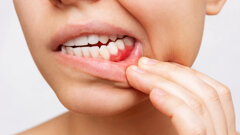


















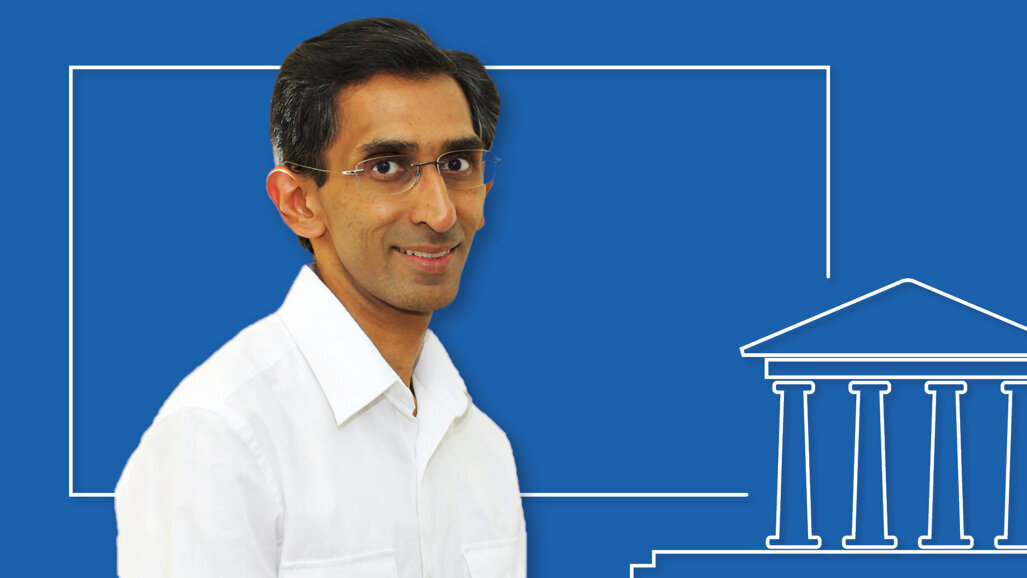



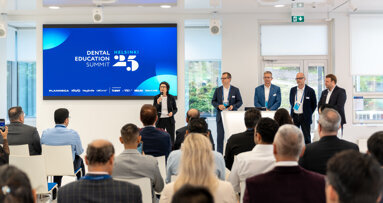
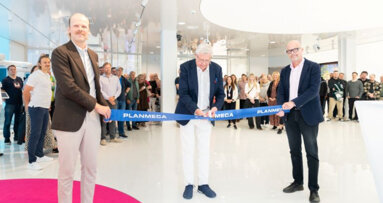

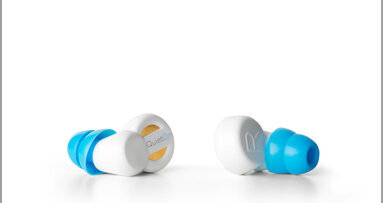
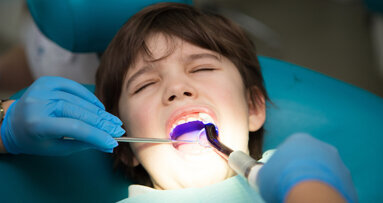
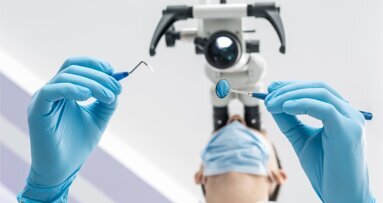
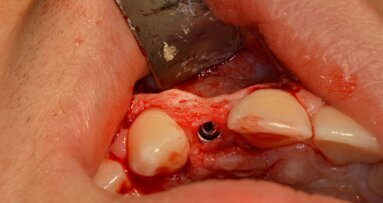













To post a reply please login or register